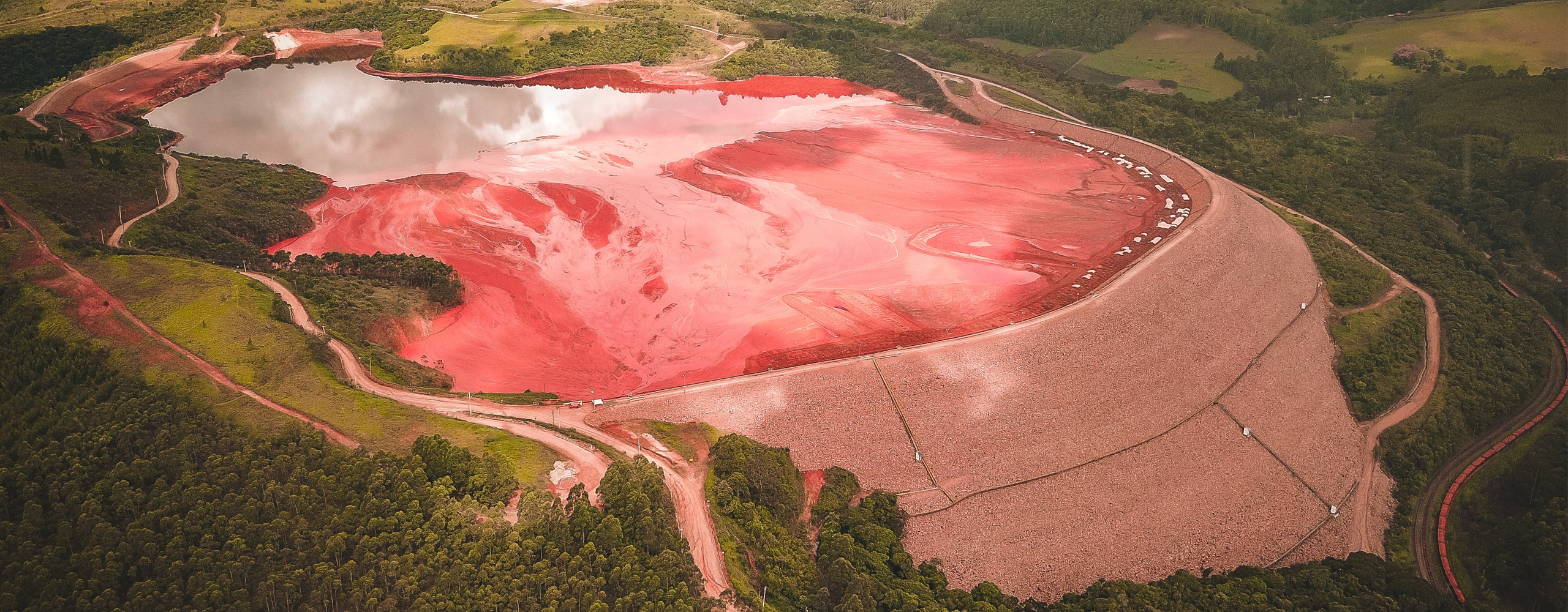Measurement Region
A “measurement region” is a user-specified spherical volume (PFC3D) or disk area (PFC2D) within which a number of quantities in a PFC model are measured. Measurement regions return average values computed over objects that lie in or intersect the measurement region. The quantities available for measurement include:
- Coordination Number
- Porosity,
- Stress,
- Strain Rate, and
- Particle Size Distribution
Visualizing
Extensive plotting, measurement, energy tracking and visualization capabilities are provided, including the ability to trace any model quantity over time. The following visualization tools are available in PFC to aide in analyzing your simulation results.
- Contouring
- Profile data
- Scalars, Vectors and Tensors
- Geometry Contouring
- Labels
- Particle Tracing
- ScaleBox
Charting
The following charts can be used to plot model data.
- Tables (XY, line) — 2D plot of any data
- Histories (XY, line) — 2D plot of values associated with balls, walls or contacts, tracked over time
- Stereonets — 3D discrete fracture orientations
- Rosettes — radial histogram of discrete fracture orientations
Energy Tracing
Allows tracking of: body work, bond energy, boundary work, frictional work, kinetic energy, and strain energy.
Share Results
ASCII Files — Using the FISH scripting language, ASCII data files can be read-into or written-from PFC , making it possible to import and export data. Table and history data can be exported and imported directly from ASCII files.
CSV File — History or line profile data can be saved directly as a comma separated values (CSV) format.
Results Files — These are reduced version (and smaller file size) of the full model saved state at different instances of time to be kept in memory or saved as binary files. They can be used to re-create the model state, acting as a utility for efficient post processing (e.g., movie generation, residence time calculations, etc.). Results files can be generated periodically or automatically once some event is detected (e.g., bond breaks, particle is deleted).
Email — Using the FISH scripting language, PFC can be instructed to send emails containing data (model stage, measured results) or attachments (saved files, figures).
Project Bundle Files — A project in PFC may be collected into a single file referred to as a bundle file. The file contains the project file, all input files (data files, FISH files, etc.), a state record file for all model states (though not the saved files themselves) and any files that were used in the process of creating any of the model states.
